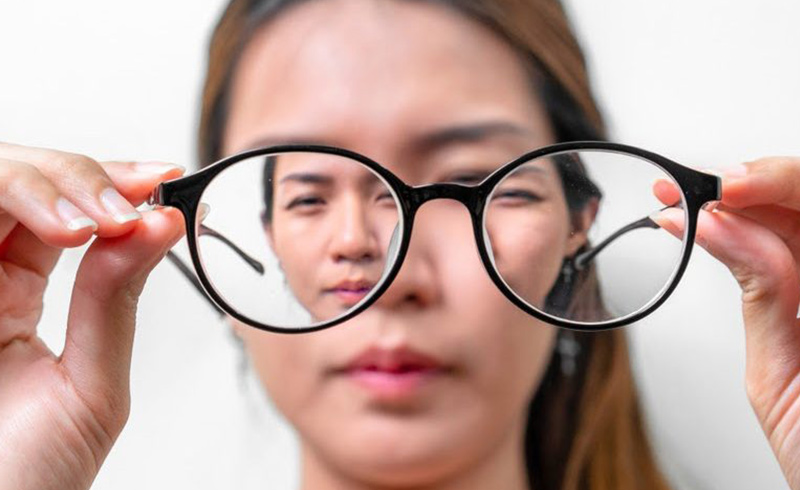
Genetic factors play a significant role in many kinds of eye diseases and can even cause blindness among infants, children, and adults with the inherited traits from genes. Among these classifications, glaucoma is a disorder and can be inherited in a large portion of cases. This article will describe glaucoma, featuring its hereditary formation.
What Is Glaucoma?
The optic nerve is located in the back of the eye and transfers visual information from the retina (front part of the eye) to the vision centers in the brain. Glaucoma is a group of eye conditions that damages the optic nerves and causes vision loss with its progression.
The damage is often caused by abnormally high pressure in the eye, causing the deterioration of nerves. The internal fluids in optics usually drain through tissue, and when the action becomes ceased, the drainage system doesn’t function properly and the internal pressure gets elevated, resulting in the condition.
World health organization states that glaucoma is the second leading cause of blindness globally and has a greater impact on people as the vision loss caused is irreversible. The eye disease is categorized into different types with its induced factor and tends to run in families by passing through the genes.
The Hereditary Base
Family history or genes are the main risk factor in this eye condition. Even though glaucoma is most popular among adults, the inherited forms can affect young children. Primary congenital glaucoma is a major cause of blindness among infants and younger children to the age of 3 and is the most common type that affects this age group.
Conditions of glaucoma appearing before the age of 5 with structural abnormalities associated with the genetic disorders are categorized under primary congenital glaucoma. Although the contribution form is not clear, studies have shown that genetic variants associated with primary angle-closure glaucoma is the second most common form and affects over 16 million people globally.
Identifying The Signs
Eye ophthalmologists work closely to provide early diagnosis and effective treatment for the complications of these inherited eye disorders. As most glaucoma conditions are not comprised of initial signs or warnings, only regular eye clinics can provide an exclusive solution for early detection.
If you have a family history of glaucoma make sure to inform your eye sepcialist with sufficient information. Also, if your family members are acquired with other long-term medical conditions like high blood pressure or diabetics it is necessary to be cautious as these are contributing factors for the acquired glaucoma condition.
The most common type of glaucoma symptoms is patchy blind spots in central and peripheral vision and tunnel vision in the advanced stages. Other common symptoms of glaucoma include;
- Blurred vision
- Halos around lights
- Eye redness and pain
- Severe headache
- Nausea and vomiting
If you encounter these manifestations visit your eye clinic as soon as possible as the vision loss caused by the condition is irreversible. Those with a family history need to have more frequent checkups than others as glaucoma causes vision loss before you are even aware of the problem.
It is essential to have a healthy set of eyes to keep up with your physical and mental attributions and to persist with improved quality of life. Make sure to get your eyes checked routinely to avoid any problems the earliest possible. Our team of doctors at Spanish Eye Clinic is happy to help you with all your optical concerns. Contact us now for your upcoming appointments.



